
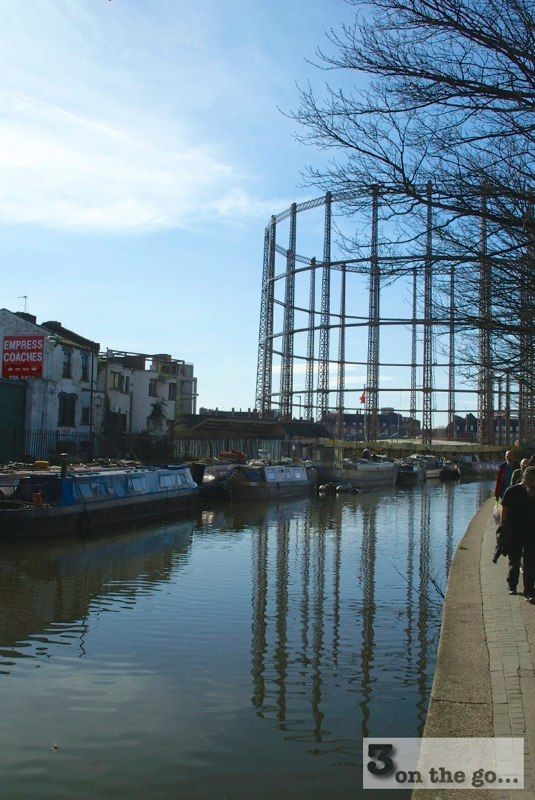
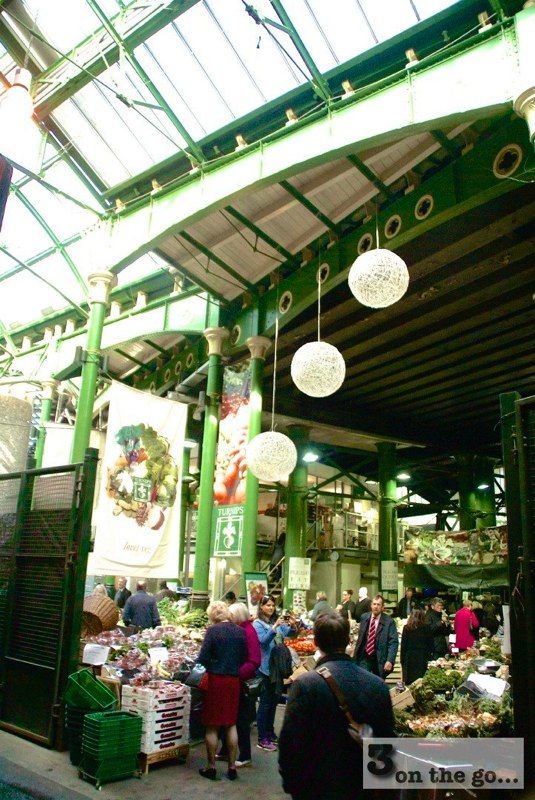
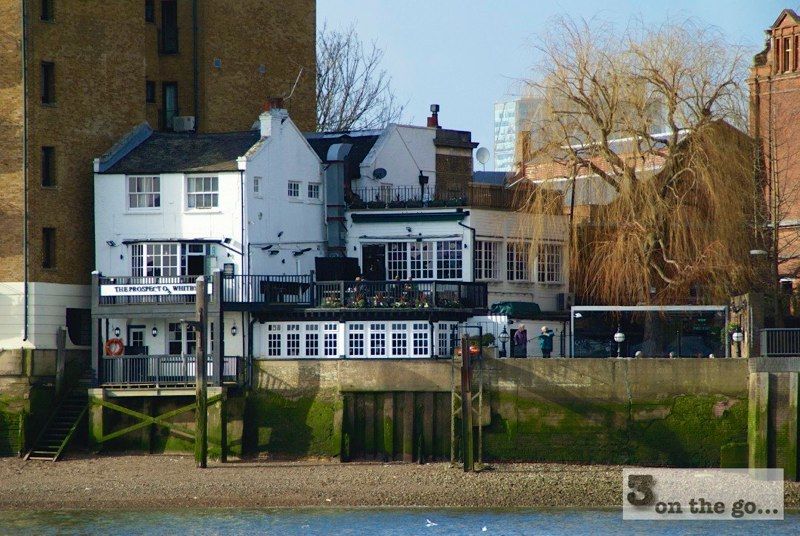
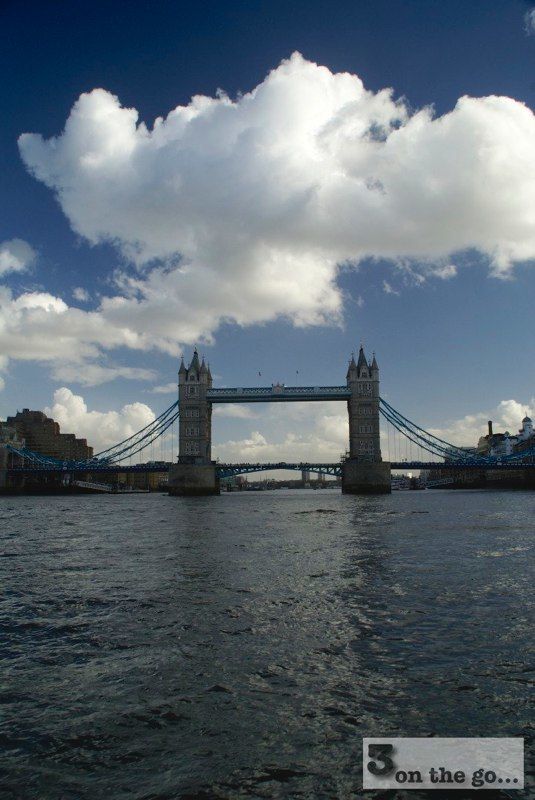
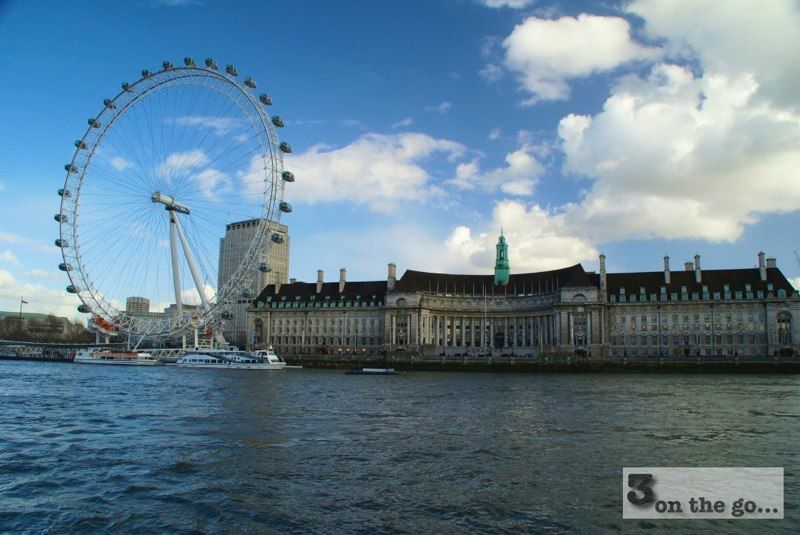
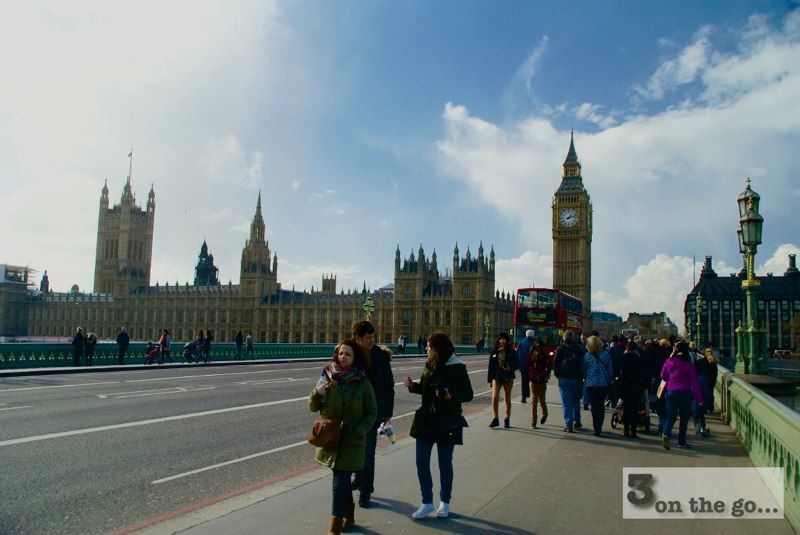





Many Europeans know London. It is the most visited city in the world, in terms of airport passengers (135 millions in 2012), and it is the second largest city in Europe, only surpassed by Paris. There are almost 9,6 million people living in London, but during everyday office hours it is estimated that apprx. 12 million people are present within the greater city limits. This requires a highly effective system for mass transportation and roads in top condition. The traffic density is high at all times, even at night. From apprx. 1831 until 1925 London was the largest city in the world. Today that honor goes to Tokyo, with a whopping 35 million inhabitants within “Greater Tokyo” (WOW!) - 13,2 million in the very center!
To put the subject “commuters” into perspective, there are apprx. 1 million people passing through Clapham Common, one of London’s busy public transportation hubs, on a daily basis. But this is just one of many hubs. In Copenhagen the busiest train station in Denmark in terms of passengers, Nørreport, will see apprx. 250.000 people passing through daily. Including cyclists and pedestrians!
In other words: London is, in terms of traffic, in its own league! Also culturally I don’t think that there are many places like it. In London you find, quite naturally, a lot of people from the previous crown colonies around the world, such as India, Pakistan, Jamaica and several countries in Africa and the Far East region. And then there are all the other countries around the world. They all have their fair share of “London inhabitants”. This is a multicultural society in the purest sense of the word, and unlike anything I have ever seen. It is pretty cool, in my opinion!
London is a leading metropolis within music, theatre, art and gastronomy. Not surprisingly the city also take the second place on the list of the most expensive cities in the world. Surpassed by Moscow. I have lived almost my entire life in Copenhagen, Denmark and I really did not think that it would be possible to find any place more expensive than that. But London is literally more expensive in almost any way you can think of. So you can just forget all about that shopping trip around Christmas, if you are trying to save money!
Hence we are happy to be able to stay with Alexandra’s family in Clapham in the southern part of the city. This saves us a great amount of money that we would otherwise use for overpriced, mediocre hotels. The main reason, however, is to visit the family and be together. Furthermore it is a great “base” for our trips around the country.
Alexandra’s sister has lived here for 20 years and since I met Alexandra I have been visiting on a regular basis. So both Alexandra and I can with a certain right claim that we know the city well. The inner city that is. Because if you start exploring the various areas (boroughs) of London you will find a lot of smaller “cities in the city” that all deserve a closer look. The very central part of London is in fact not really that big. It is divided into “City of London” and “City of Westminster”. The City of London, with only 7375 inhabitants, was pronounced the smallest city in England in 2011. Today, by far the largest area of London lies outside the original city limits. It contains boroughs like Kensington & Chelsea, Hammersmith, Camden and Islington. Officially there are 32 boroughs.
Many places in “Greater London” you find main streets, with shops, pedestrian areas and inner city atmosphere. Small markets, parks and of course pubs. Many of which are several hundred years old. Thus they were originally located outside London.
The really good thing about present day London is that it has a very effective underground transportation system. In popular terms called “The Tube” because the underground system was initiated around 1850, back when the tunnels were not built very wide, and to this day you literally feel like you are staying in a huge net of narrow tubes. Well, in fact you are... The Tube will bring you from one end of London to the other in almost no time. Schedules are not necessary (they do exist) as the trains are running every 5 minutes (at least). You simply just walk to the nearest station and enter a train, change if necessary and get off according to where you are headed. It is highly effective! London also has thousands of the iconic red double-deck buses. But they are mostly used for more “local” transport and we have not been using them very often. Oftentimes it will be faster to just walk, because traffic is always dense!
There is a lot to see in London. For the entire family. Ages ago we already ticked off the biggest attractions from the list. This includes “London Eye” - the large ferris-wheel by the River Thames, Sea Life Aquarium, Big Ben, Westminster Abbey, Buckingham Palace, St. Paul’s Cathedral, Tower of London, Tate Modern and many, many more. Some places are better suited for children than others. Sea Life Aquarium is a great place to bring children. London Eye is also an exciting experience and you get a good view of the city from above, as you slowly ascend and descend within the 30-minute round trip.
A cruise on the River Thames is also a hit for children, as well as the dinosaurs at the Natural History Museum. If you are traveling with children in the age of 0-5 years you will learn that London has thousands of small and large playgrounds, where the kids can burn off some excess energy.
One of the best we have seen is the “Diana, Princess of Wales Memorial Playground” located in a corner of Hyde Park. It even has an outdoor café so that the adults won’t need to miss out on those Café Lattes and croissants.
We like to walk through the various areas of the greater London area. One of the best walks was from the subway station in “Mile End” (Eastern London), along Regent’s Canal, to Islington. We went through old industrial areas, an old landfill, through the beautiful Victoria Park and ended up in the posh area of Islington.
During our walk we saw a great deal of modern blocks of various architectural quality, side by side with houseboats, boardwalk environment and small, green spots with grass and trees. Everywhere there were trendy cafés where the young and hip ad-agency people, artists and “creative types” were sitting with their iPads, checking e-mails, or a copy of “The Observer” as they sipped their organic juices and coffees.
One of the things that really fascinates me about London is the fact that there is so much history. Originally founded by the Romans about 2000 years ago, the “current London” is literally built upon the ruins of millennia and ever so often remains from the past, even of a significant, historic value, are found and being excavated. In medieval times London developed into one of the most important cities in Europe and the list of brutal, reckless kings that have ruled England from here is long! In the older areas of the city you find many buildings dating back 500 years or more. As already mentioned, several pubs are centuries old, and many of them make quite an effort to inform you just HOW old they actually are, and which prominent, historic figures that have come and gone over the years. It IS actually exciting! Imagine to sit by the same table as William Shakespeare, drinking a pint of lager. There are quite a few arguments about which pub that can rightfully claim the title as “London’s oldest pub”. No one knows for sure. But there are a handful of pubs in the central part of the city that have had their license at least since the 1660´s. No matter which one is the oldest, I find that rather impressive. I do not think that there will be many of the present day “shopping street pubs” around 350 years from now. But in the center of London they live and work “in the middle of history” every day!







